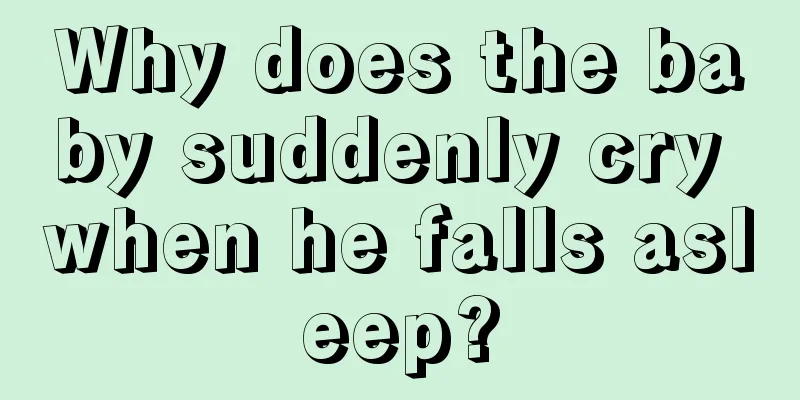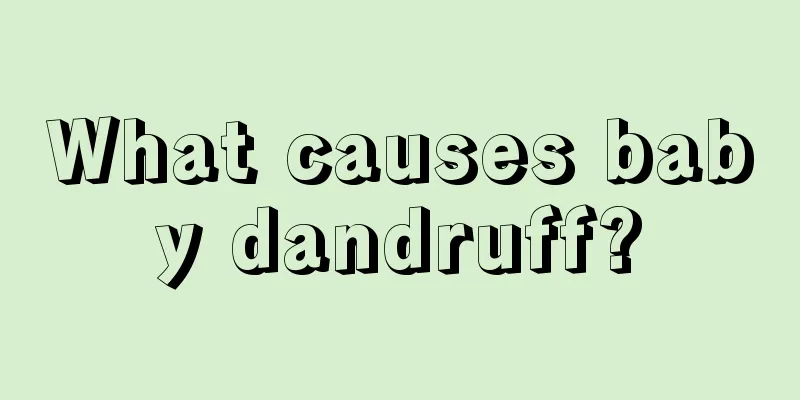Treatment of bronchopneumonia in children

|
Speaking of pneumonia, I believe many people are familiar with it because they have experienced pneumonia in their lives. Pneumonia is actually just a common inflammation in the human body, but this type of inflammation causes much greater damage to the human body than general inflammation. There are many types of pneumonia, and childhood bronchopneumonia is one of them. As the name suggests, pediatric bronchopneumonia refers to pneumonia that occurs in children. So, what is the treatment for bronchopneumonia in children? In fact, there are many treatments for childhood bronchopneumonia, but for some reasons, we ourselves have no way of knowing them. Bronchopneumonia in children needs to be treated promptly and effectively, otherwise their lives will be in danger. In response to this situation, let’s talk in detail about the treatment of pediatric bronchopneumonia. 1. Nursing The ward should be kept well ventilated, the room temperature should be maintained at around 20°C, and the humidity should be around 60%. Provide adequate vitamins and protein, frequent drinking water and small, frequent meals. Keep the respiratory tract open, clear upper respiratory tract secretions in time, change body position frequently, and reduce pulmonary congestion to facilitate the absorption of inflammation and the discharge of sputum. To avoid cross infection, mild pneumonia can be treated at home or in outpatient clinics. For hospitalized children, those in the acute phase and those in the recovery phase should be separated as much as possible, and bacterial infections should be separated from viral infections. 2. Oxygen therapy It is one of the main therapies for correcting hypoxemia, preventing respiratory failure and pulmonary and cerebral edema. Therefore, oxygen should be given promptly when there are signs of hypoxia. The most commonly used method is to continue oxygen inhalation through a nasal vestibular catheter until the hypoxia disappears. For newborns or patients with excessive nasal secretions, as well as those whose hypoxia symptoms are not relieved after oxygen administration through nasal catheter, oxygen can be administered using a mask, nasal congestion, hood or oxygen tent. Too high oxygen concentration, too large flow rate, or too long duration can easily lead to adverse side effects, such as diffuse pulmonary fibrosis or retrolental fibrosis. When severe hypoxia causes respiratory failure, intermittent positive pressure oxygen or continuous positive pressure oxygen should be given by a ventilator in a timely manner to improve ventilation function. 3. Antimicrobial therapy Antibiotics are mainly used for bacterial pneumonia, mycoplasma pneumonia, chlamydial pneumonia and viral pneumonia with secondary bacterial infection. Before treatment, culture and drug sensitivity test of pharyngeal secretions, blood and thoracentesis fluid should be performed to facilitate targeted selection of effective drugs. For children whose pathogens are unknown and who have not been treated with antibiotics, penicillin should be the first choice until the body temperature returns to normal 5 to 7 days. For severe cases, the dose can be increased and administered intravenously. Young patients or those with severe illnesses require combined treatment with broad-spectrum antibiotics, such as intramuscular or intravenous injection of ampicillin, with the addition of gentamicin or kanamycin. Children who are not well responded to penicillin or are allergic to penicillin should be given intravenous erythromycin instead. If Staphylococcus aureus infection is suspected, penicillin II or III plus gentamicin or chloramphenicol can be used. Vancomycin and vancomycin can also be used. If Gram-negative bacterial infection is suspected, ampicillin plus gentamicin, or kanamycin, etc. can be used. If the pathogen has been identified, effective antibiotics should be selected for treatment based on drug sensitivity tests. Erythromycin is the first choice for mycoplasma and chlamydia infections. For fungal infections, antibiotics and hormones should be discontinued and nystatin nebulizer inhalation should be used. Clotrimazole, diflucan or amphotericin B can also be used. To sum up, there are many treatments for pediatric bronchopneumonia, and the most common ones are: nursing therapy, oxygen therapy, and antibacterial drug treatment, etc. Although these methods are common, they are quite effective in treating pediatric bronchopneumonia. So we must pay attention to it. When children get pediatric bronchopneumonia, we can use these methods to treat it. |
<<: Asthmatic bronchitis in children
>>: Diseases that children are susceptible to during the four stages of development
Recommend
Child stuttering? These correction methods are simple and effective
Some children stutter and are not fluent when spe...
Parents dote on their children
For some parents, they feel like they are afraid ...
How to treat children’s cough with traditional Chinese medicine?
Different weather and seasons will also cause sub...
What should I do if my baby has a stuffy nose and runny nose?
The birth of a child is often accompanied by the ...
Treatment of torticollis in children
Torticollis is a very common disease nowadays. Al...
How to quickly treat a child's cough
Because children are physically weaker and have l...
Baby eyelid erythema
Many people are very concerned about their physic...
Congenital esophageal atresia in newborns
Pregnant women should strictly follow the doctor&...
What happens if my child has lymph nodes behind his neck?
Children are the cutest angels in the world and t...
What should I do if my baby's butt cracks
Babies are very likely to get hurt if they are no...
Can enlarged nasal conchae be cured?
Can children's enlarged nasal concha be cured...
Four month old baby's eyes
During the baby's development process, the ba...
What should I do if my newborn baby hasn’t defecated for two days?
Babies are more prone to constipation, but it has...
How many degrees of fever should a child have before taking medicine?
Children have weaker resistance than us adults, s...
What causes hair loss in children?
We all find that people start to lose hair after ...









